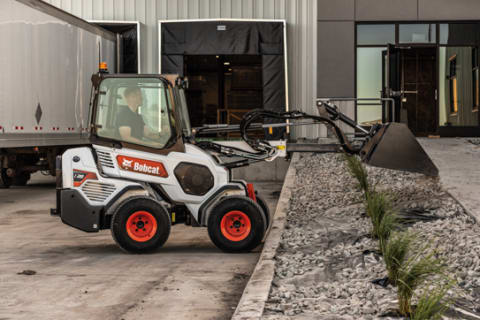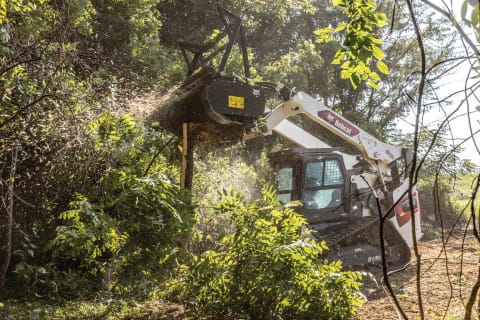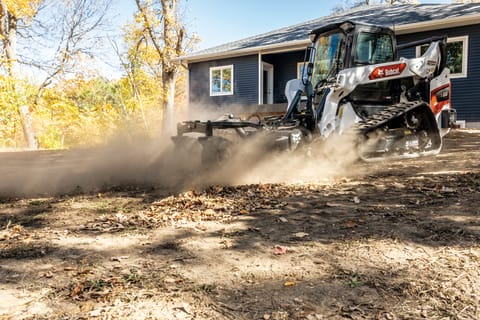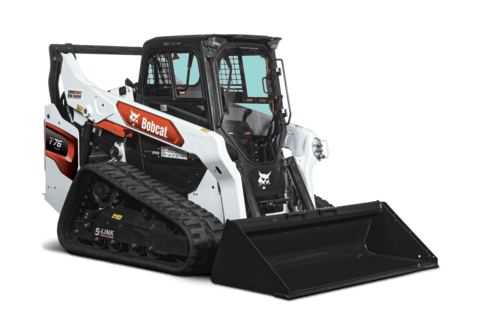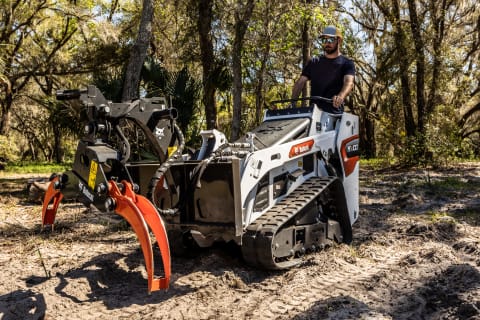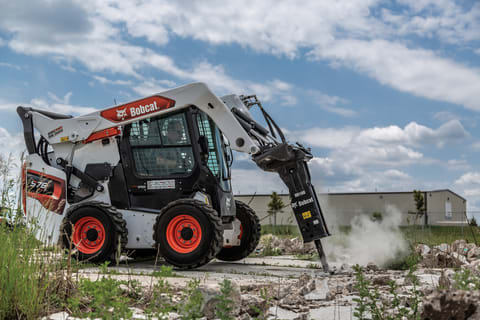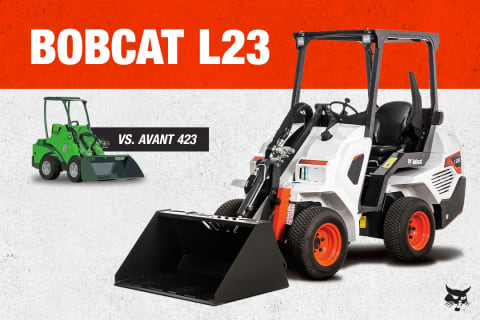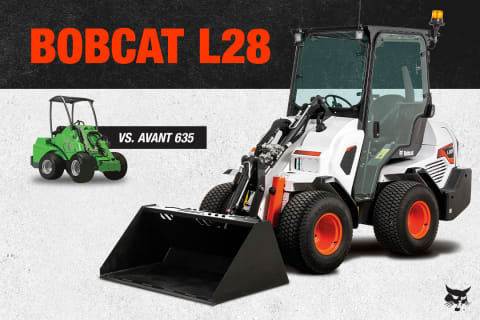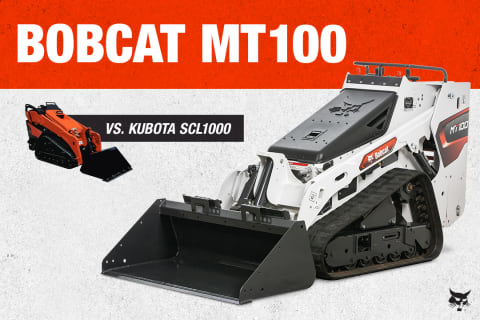- Home
- Buying Resources
- Loaders
- How to Choose the Right Compact Track Loader Size
Build Your Loader, Get a Free Price Quote
Customize your loader. Select the model, choose options, and submit to your local dealer for a free price quote.
Build & QuoteHow To Choose the Right Compact Track Loader Size
Posted on August 23, 2017
With so many sizes available, choosing the correct compact track loader may seem overwhelming. But by understanding what each size of machine offers — as well as your own specific application requirements — you can easily match a machine to your business needs.
Summary
Mother Nature’s uncertainty often challenges productivity, but few machines have proven themselves as useful in unpredictable conditions and provide a greater return on your investment as the compact track loader.
With so many sizes available, choosing the right loader may seem overwhelming. But by understanding what each size of machine offers — as well as your own specific application requirements — you can easily match a machine to your business needs. If you’re stuck on how to choose a compact track loader, consider the following factors.
Size of your workload
Put simply: the larger the workload, the larger the loader you need to handle the job. If you’re regularly transporting a large quantity of material and need to move quickly, a bigger machine can carry, scoop and lift more material in less time, saving you money and helping you get to your next job faster.
Jobsite dimensions
The dimensions of your work space — including access points, passageways or interior doorways — may limit the physical size of your compact track loader. So the height, width and weight should be another determining factor when deciding what size loader to purchase. If you’re frequently working in tight areas like residential backyards, limit your search to smaller loaders.
Get a Free Price Quote From Your Local Dealer
Find A DealerRated Operating Capacity (ROC)
When all is said and done, rated operating capacity determines how much work a loader can do. Jobs that involve lots of loading, lifting of heavy materials or grading in tough soil conditions call for a machine with enough power and capacity to safely match the application. Consider the heaviest material you will transport and make sure the loader you choose is up to the task.
Lift height
Do you see lots of lifting and loading in your future? Larger compact track loaders with a vertical lift path can safely lift materials over 12 feet off the ground to easily load trucks, transport and place pallets, or dump contents over walls and other tall barriers.
Horsepower requirements
If you’ll mainly be operating auxiliary hydraulic attachments, opt for a high-horsepower loader to achieve the highest attachment productivity possible. Higher-horsepower machines push more hydraulic fluid per minute into an attachment — an especially beneficial feature for demolition jobs that require extra power for hydraulic breakers.
Operating weight
It’s also important to consider how you’ll transport your loader between jobsites. The lighter the machine, the easier it is to transport. Double-check the weight limits of your truck and trailer before buying a loader, and then decide if it’s in your budget to upgrade to a higher-capacity mode of transportation if you do opt for a larger machine.
With these six considerations in mind, you can easily find the right compact track loader for your business needs. Get started by browsing the latest models or contacting your Bobcat dealer to request a demo.
Explore More Loader Resources
View All Articles- Small Articulated Loaders Productivity for Grounds Maintenance
Small Articulated Loaders Productivity for Grounds Maintenance
Learn about how versatile and powerful small articulated loaders increase productivity and their advantages for ground-maintenance and landscaping professions. - How Compact Loaders are Beneficial for Forestry Work
How Compact Loaders are Beneficial for Forestry Work
Learn how Bobcat compact track loaders and skid-steer loaders provide versatility with attachments and machine power to increase your productivity for forestry work. - Landscaping Attachments for Compact Loaders
Landscaping Attachments for Compact Loaders
Explore the top landscaping attachments for your compact loaders, like compact track loaders for versatile productivity and power on the job. - Section 179 Tax Deduction for Compact Equipment
Section 179 Tax Deduction for Compact Equipment
Leverage IRS Section 179 for small business tax benefits to deduct the full purchase (or lease) on qualifying compact equipment during the tax year. Learn more. - Top Attachments for Mini Track Loaders
Top Attachments for Mini Track Loaders
Discover the top attachments from the 24 available for the Bobcat Mini Track Loaders for job-specific landscaping, grounds maintenance and forestry challenges. - Bobcat Attachments for Concrete Work with Compact Loaders
Bobcat Attachments for Concrete Work with Compact Loaders
Learn why Bobcat loaders are the machines of choice for concrete contractors with the productivity increase of Bobcat attachments specifically for concrete work. - How to Choose Compact Track Loader Tracks
How to Choose Compact Track Loader Tracks
The right compact track loader tracks can improve your machine’s performance, minimize ground disturbance and extend your working season in wetter months. - Bobcat L23 vs. Avant 423 Small Articulated Loaders
Bobcat L23 vs. Avant 423 Small Articulated Loaders
When choosing a small articulated loader, it can be overwhelming from the options. Explore this comparison of two popular options: the Bobcat L23 and Avant 423. - Bobcat L28 vs. Avant 635 Small Articulated Loader
Bobcat L28 vs. Avant 635 Small Articulated Loader
Small articulated loaders provide impressive lifting capabilities. When looking at the Bobcat L28 compared to the Avant 635, here are some factors to consider. - Bobcat MT100 vs Kubota SCL1000
Bobcat MT100 vs Kubota SCL1000
Every feature and specification matters, to obtain maximum production and output from a mini track loader. Compare the Bobcat MT100 against the Kubota SCL 1000.
